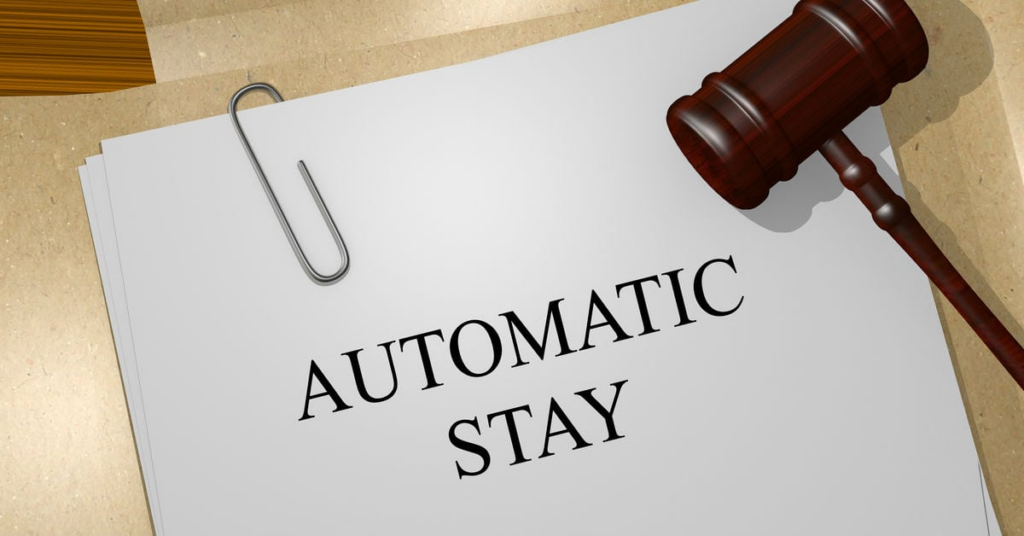When a person or company is insolvent, they have more liabilities than assets. This situation can be due to several reasons, such as bad investments, failed businesses, or high debt levels. However, if you are insolvent, you can still file for Bankruptcy. This state will allow you to get a fresh start by liquidating your assets and repaying your debts.
If you are considering filing for insolvency or Bankruptcy, you should speak to an insolvency lawyer. They can help you understand your options and guide you through the process. In addition, there are other services that insolvency lawyers canberra can get you for a safe landing in troubled financial waters. Let us take them one at a time.
The first problem debtors face during Bankruptcy filing or insolvency is that they don’t file under the right conditions. But there are no better ways to understand your financial situation except you bring in professional hands. Your single point of view may not be enough to have a full picture of your condition. There are two different types of bankruptcy filing you can do. It takes insolvency lawyers canberra to determine which suits your situation better.
The first one is Bankruptcy, which requires liquidation of the non-exempt assets of debt. In this one, the entire proceeds go to the creditors. However, the other bankruptcy filing is reorganising the debtor’s obligations in a court to provide an approved repayment plan. Usually, the repayment plan spans between 3 to 5 years. Once you complete this process, any other unsecured debt may follow a discharge with a few exceptions in some circumstances.

Filing for a second Bankruptcy option known as the Chapter 13 Petition
Using chapter 13, the case for Bankruptcy begins with the filing process of a petition in a court of law. Professional insolvency lawyers can handle this process to ensure no errors will occur along the line. Along with this petition, the debtor should make all the necessary information available as regards his financial situation. In the end, you will need to present a certificate of completion of credit counselling. Also, suppose the debt repayment plan has been created during the counselling session. In that case, the representative will submit this plan to the court for ratification and approval.
Approval and Filing fees
When working in court for a Bankruptcy filing, you may incur some standard fees known as administrative and filing charges. Ideally, the case filing fee may be around $235 in addition to another miscellaneous administrative fee. Moreover, in some cases, the success of the filing will determine when the repayment plan will begin. However, the court holds the final permission on the payment plans.
What information do you need to submit in court?
Filing for Bankruptcy under Chapter 13 of the Bankruptcy laws involves paying a debt to creditors within the designated period. In this case, it requires representation in court about how you intend to repay the debt and your current sources of income. Putting all these factors together, you need to create a repayment plan that is acceptable to both parties. You must also present it in a reasonable way that caters for both the debtor and the creditors.

Similarly, the court looks at it by first listing out all the creditors with the amount due to be paid to each of them. It requires listing out all your assets to ensure that you have a sufficient worth. The worth must be able to take care of your debts. In addition, a debtor will have to keep a record of the document that involves their living expenses.
The list must take care of all your assets, including utilities, rent and transportation costs. If the filer or debtor is married, he will have to provide the spouse’s information. Who knows, this information may affect the court’s final decision. Submission helps the court to determine if the household’s financial situation can take care of the debts repayment plan.
An essential aspect of how to setup smsf is compiling a thorough list of all your assets, encompassing utilities, rent, and transportation costs. This process becomes even more critical if you’re married, as your spouse’s information needs to be included as well. Such details may surprisingly influence the court’s ultimate decision regarding your SMSF. By meticulously submitting this information, you assist the court in evaluating whether your household’s financial circumstances are sufficient to support the proposed repayment plan for your debts. Remember, a comprehensive list of assets is vital to a well-structured and legally compliant SMSF.
Trustees
When you file the petition to review your repayment plan, the court appoints a trustee to the case. The trustee’s job is to evaluate the issue and serve as the agent responsible for disbursing the payment. He collects the revenue from the debtor according to the stated plan and uses the proceeds to repay the creditors. The trustee must be an impartial person with exemplary integrity to uphold all the requirements of the law. The goal is that the creditors can get a full payment, and the debtor may not default again.

What are Automatic stays?
There is a term we refer to as “automatic stay” when processing the filing for Bankruptcy in court. Moreover, the debtor’s attorney can stop any action by the creditor wanting to repossess the property or garnish wages. Issuing an automatic stay can last throughout the years of the repayment plan. Also, it is the mechanism people can use to save their homes and other properties from foreclosure.
Meeting with the Creditors
It is the trustee’s role after the court’s appointment to oversee repayment and to set up a meeting with creditors. This meeting must happen between 21 and 50 days after the issuance and approval of the bankruptcy petition. Moreover, the debtors are under oath sworn in court to pay up all the debts. In the meeting, the creditors and trustee must have the correct information about your finances and the entire repayment plan.
If you file in the name of a couple in the family, both individuals must be present at the meeting. A competent insolvency lawyer may be a pleasing appearance in court during the hearing. However, the forum requires the presence of the debtor and the creditors.
The hearing of a Repayment plan
The court permits a 14-day period after the filing date for the debtor to draft and submit a repayment plan. This process requires regularly providing fixed payment to the trustee, whether monthly or biweekly. In the program, there must be a clear outline of how to repay and distribute to the creditors. However, the process of overseeing this program is the trustee’s task. After this hearing, a creditor’s meeting must be within the next 45 days. When the period expires, the judge now determines how to meet the legal requirements stipulated by the law.
Related: Questions to ask Insolvency Lawyers about Bankruptcy
